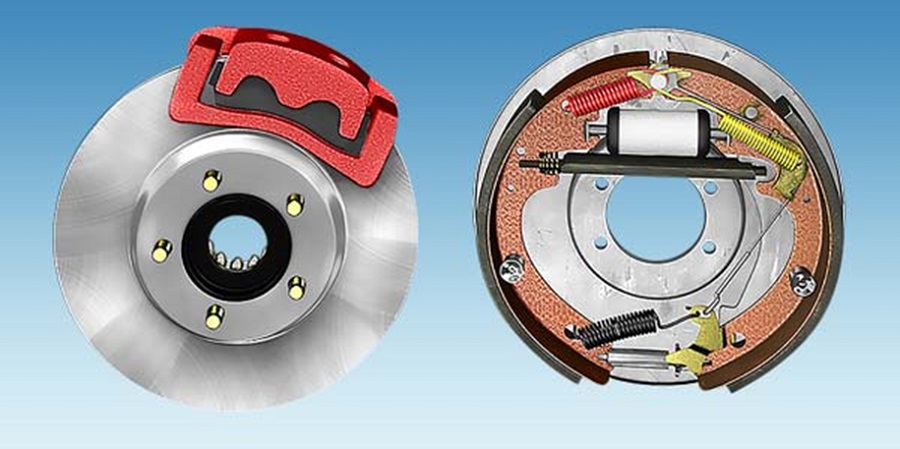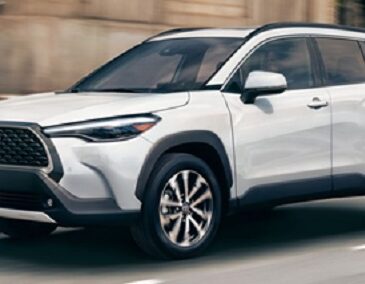
Introduction
Brakes are a critical component of any vehicle, providing the ability to control speed, navigate turns, and ensure safety. When it comes to bicycles, motorcycles, and automobiles, different brake types and braking systems offer varying levels of performance and control. In this detailed guide, we will explore the various brake types and braking systems commonly found in these modes of transportation, delving into their mechanics, benefits, and considerations for choosing the right option.
1. Bicycle Brake Types
Bicycles rely on different brake types to slow down and stop. The main types are:
a. Rim Brakes
- Caliper Brakes: Common on road bikes, these brakes use calipers to squeeze brake pads against the wheel’s rim. They offer good stopping power but can be affected by wet conditions.
- V-Brakes: Found on mountain bikes and hybrids, these use longer arms for increased leverage, improving braking performance and compatibility with wider tires.
b. Disc Brakes
- Mechanical Disc Brakes: These use a cable to activate the brake caliper, which squeezes pads against a rotor attached to the wheel hub. They offer reliable braking and are suitable for various riding conditions.
- Hydraulic Disc Brakes: Hydraulic fluid transmits force to the caliper when the brake lever is pressed. These brakes offer better modulation and consistent performance compared to mechanical disc brakes.
2. Motorcycle Brake Systems
Motorcycles employ advanced braking systems to ensure rider safety and control:
a. Drum Brakes
- Mechanical Drum Brakes: Common on older motorcycles, these use a cable to activate brake shoes that press against the inner surface of the drum attached to the wheel.
b. Disc Brakes
- Hydraulic Disc Brakes: Similar to bicycle hydraulic disc brakes, these provide efficient braking through hydraulic pressure transmitted from the brake lever to the caliper.
- Dual Disc Brakes: High-performance motorcycles often feature dual disc setups on the front wheel for enhanced stopping power.
c. Combined Braking Systems (CBS) and Anti-lock Braking Systems (ABS)
- CBS: This system distributes braking force to both the front and rear wheels when either brake is applied. It enhances stability during braking.
- ABS: ABS prevents wheel lock-up during sudden braking, allowing the rider to maintain steering control. It is a significant safety feature on modern motorcycles.
3. Automobile Braking Systems
Cars incorporate sophisticated braking systems to manage the weight and speed of the vehicle:
a. Hydraulic Brakes
- Disc Brakes: Common on most cars, disc brakes use calipers to squeeze brake pads against rotors for efficient and consistent braking.
- Drum Brakes: Still used in some cars, drum brakes use brake shoes that press against the inside of a drum to slow down the vehicle.
b. Electronic Braking Systems
- Anti-lock Braking System (ABS): ABS prevents wheel lock-up during sudden braking by modulating brake pressure. This enhances steering control and reduces the risk of skidding.
- Electronic Stability Control (ESC): ESC helps maintain vehicle stability by selectively applying brakes to individual wheels and adjusting engine power to counteract skidding or loss of control.
Conclusion
Brake types and braking systems are crucial elements of safe and controlled transportation. Whether you are riding a bicycle, a motorcycle, or driving a car, understanding the mechanics and benefits of different brake systems empowers you to make informed decisions that enhance your safety and overall experience. Each type of brake offers a unique balance between stopping power, modulation, and adaptability to various conditions. Shop for required automotive components and chassis on TrueGether, the best eBay alternative. By choosing the right brake system for your mode of transportation, you are ensuring not only your safety but also the efficient and confident operation of your vehicle on the road.



